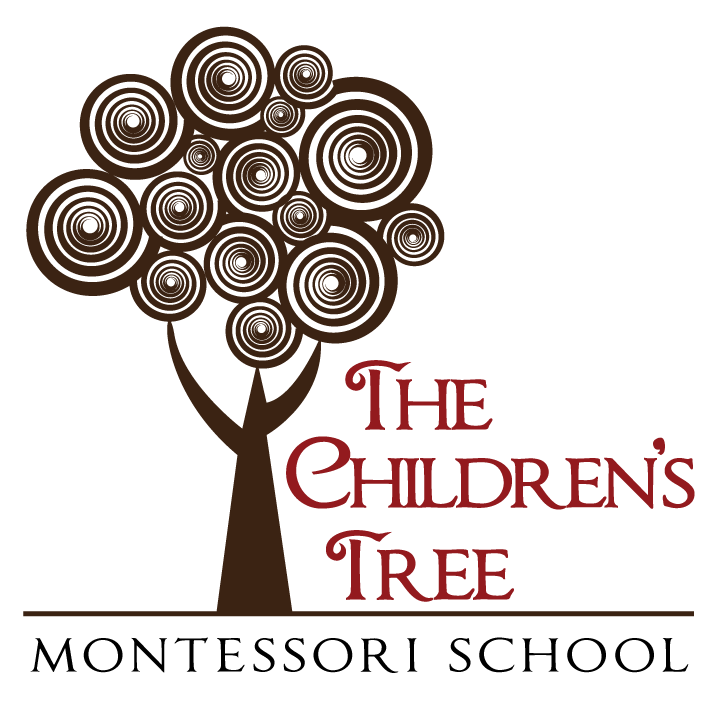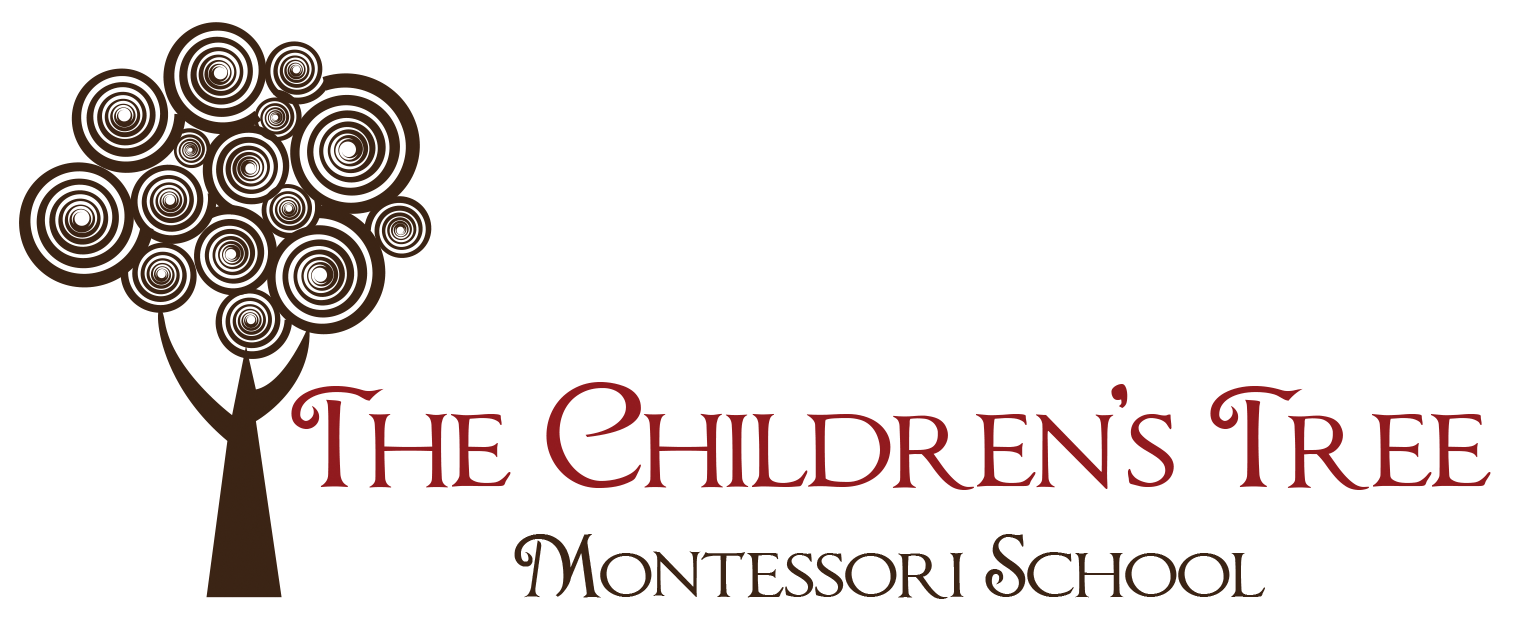Elementary Language Arts
"Learning to be organized and learning to be focused is as important as any academic work."
~Maria Montessori
Reading
As the teacher ascertains the child’s readiness, he is introduced to language through our phonetic approach. Language is taught through a variety of multi-sensory activities: visual, auditory, tactile and kinesthetic. This ensures success by providing the appropriate experience for each child’s individual learning patterns. As the child differentiates and recognizes sounds, he begins the process of word building and then blending sounds into meaningful reading. During the 1st year student reading skills typically range from the early stage of phonetic reading to the study of the functions of the parts of speech.
Poetry
One of the things that you will normally see when you enter an elementary classroom is joy, excitement and enthusiasm. These are not children who are given dittos over and over again. These are children who are engaged.
Reading
As the teacher ascertains the child’s readiness, he is introduced to language through our phonetic approach. Language is taught through a variety of multi-sensory activities: visual, auditory, tactile and kinesthetic. This ensures success by providing the appropriate experience for each child’s individual learning patterns. As the child differentiates and recognizes sounds, he begins the process of word building and then blending sounds into meaningful reading. During the 1st year student reading skills typically range from the early stage of phonetic reading to the study of the functions of the parts of speech.
Poetry
One of the things that you will normally see when you enter an elementary classroom is joy, excitement and enthusiasm. These are not children who are given dittos over and over again. These are children who are engaged.
Phonetics and Whole Language
Students increase comprehension skills through various reading activities: reading silently and aloud to peers and teachers, reading cards, reading booklets related to academic studies.
Students study word families, create spelling lists, study word origins and meanings, and test their spelling skills. Nomenclature and sight words are practiced.
Grammar and Syntax
The Grammar Symbols help to reinforce sensorially each part of speech. There are 15 different symbols, each representing a specific part of speech.
Sentence Analysis
The notion of the verb is introduced with a red ball – full of action and motion. This approach provides children with a way to visualize the work of individual words in the structure of a sentence. Now the child can analyze the work of any author, including herself. This understanding ensures the foundation for complex writing work including factual research and creative fiction.
Writing
A child who has had an active physical and mental life, with her whole body and with the hands in particular, will usually find writing easy. Running, hopping, cooking, gardening, sewing, drawing, all help to prepare for writing.
When the child first begins to write we do not make corrections. We “teach by teaching, not by correcting.” Instead we teach all the necessary skills through activities which are completely unrelated to the creative writing effort, as indirect preparation.
Penmanship
Beautiful writing has been a lost art in our country for many years but it is having a resurgence. Children feel very good about themselves and tend to write far more when they have been taught beautiful handwriting. Giving a child a new alphabet and a different kind of writing utensil often does wonders to inspire writing. The Italic script is very beautiful and a link between cursive and print.
Work Plan
Montessori children normally work with a written study plan for the day or week. It lists the basic tasks that they need to complete, while allowing them to decide how long to spend on each and what order they would like to follow. Beyond these basic individually tailored assignments, children explore topics that capture their interest and imagination, and share them with their classmates.
Each child is considered as an individual. We can see a vast range in the level of curriculum on which the children are engaged. Montessori teachers strive to challenge each according to his or her developmental needs and abilities.
PROGRAMS
Privacy Policy | Accessibility
The Children's Tree Montessori School

